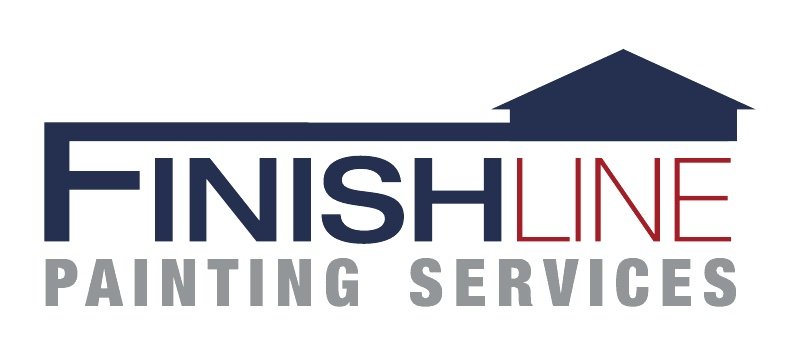Wallpaper Removal: Risks & Concerns
Removing wallpaper can seem like a straightforward DIY project, but it’s not without its health concerns and risks. Whether you're updating your living space or tackling a renovation, it's important to be aware of the potential hazards involved in the process. This blog post will explore the health risks associated with wallpaper removal and offer tips for a safer experience.
Please be aware that we provide wallpaper removal services and we’re happy to come out and give you an estimate for removal.
858-290-1121
Understanding the Risks
1. Exposure to Chemicals
Many wallpapers, especially those installed before the 1980s, can contain harmful substances. Some of the main health concerns include:
Lead: Older wallpapers may contain lead-based paints or coatings. Ingesting lead dust can lead to serious health issues, particularly in children.
Asbestos: If you’re dealing with wallpaper in a home built before 1980, there’s a risk that the adhesive may contain asbestos, a known carcinogen.
2. Dust and Particulate Matter
The removal process can generate a significant amount of dust and debris, which can trigger respiratory issues:
Allergies: Dust can exacerbate allergies, causing sneezing, coughing, or even asthma attacks.
Respiratory Issues: Prolonged exposure to dust can lead to serious respiratory problems, especially for individuals with pre-existing conditions.
3. Mold and Mildew
If the wallpaper has been exposed to moisture, there may be hidden mold behind it. Removing wallpaper can disturb this mold, releasing spores into the air:
Respiratory Problems: Mold spores can trigger allergic reactions and respiratory issues.
Skin Irritation: Contact with mold can lead to skin irritation or rashes.
Safety Precautions for Wallpaper Removal
To minimize health risks during wallpaper removal, consider the following safety measures:
1. Test for Hazardous Materials
Before beginning, especially in older homes, consider testing for lead and asbestos. You can purchase DIY testing kits or hire professionals to assess your walls.
2. Wear Protective Gear
Protective clothing is essential:
Masks: Use a respirator or N95 mask to filter out dust and mold spores.
Gloves: Wear rubber gloves to protect your hands from chemicals and irritants.
Goggles: Safety glasses can shield your eyes from dust and debris.
3. Ventilation is Key
Ensure proper ventilation in the area where you're working. Open windows and use fans to circulate air, helping to disperse dust and fumes.
4. Use Safe Removal Methods
Opt for safer methods of wallpaper removal. Rather than harsh chemical strippers, consider:
Steam Removal: Using a steamer can soften the adhesive without chemicals, reducing harmful exposure.
Soapy Water: A mixture of warm water and mild soap can also help loosen wallpaper.
5. Dispose of Waste Properly
Dispose of removed wallpaper and debris safely. Follow local regulations for hazardous waste, especially if you suspect the presence of lead or asbestos.
While wallpaper removal can rejuvenate your home, it’s essential to approach the task with awareness of potential health risks. By taking the necessary precautions and prioritizing safety, you can ensure a smoother, healthier renovation process. If you’re ever in doubt about the materials you’re working with, consulting with professionals can provide peace of mind and ensure your project is completed safely.

